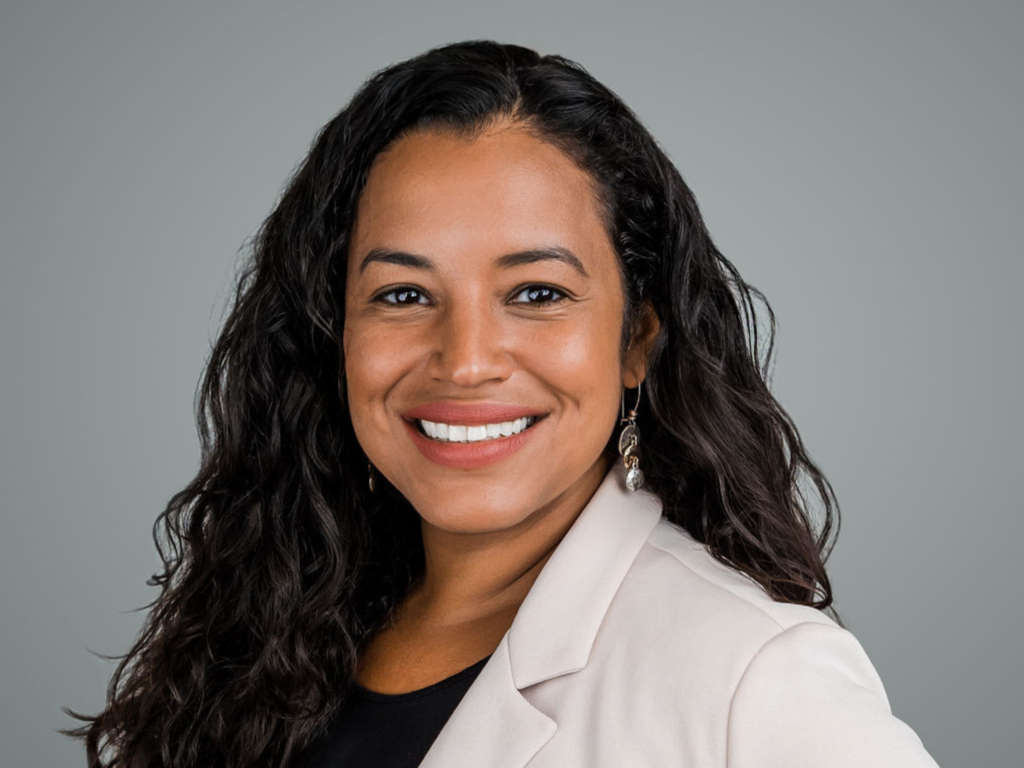Paul Vallas, the man who took over the troubled school systems of Chicago and then Philadelphia and upended them, stood before a crowd of New Orleans parents in a French Quarter courtyard earlier this summer and offered a promise. “This will be the greatest opportunity for educational entrepreneurs, charter schools, competition and parental choice in America,” he said. Call it the silver lining: Hurricane Katrina washed away what was one of the nation’s worst school systems and opened the path for energetic reformers who want to make New Orleans a laboratory of new ideas for urban schools .
Vallas is part of that surge. He was persuaded to leave Philadelphia and take over the New Orleans’ Recovery School District by the state’s new reform-minded superintendent of education, Paul Pastorek, and by Senator Mary Landrieu, long a proponent of choice and charter schools. They want to give leaders their own schools, give the parents a choice and let the state funding follow the pupils to whatever schools the parents choose. It’s a voucher system in all but name that blows up the monopoly of a traditional school district. In the process, they have attracted the best school operators from around the nation to show what they can do, ranging from national nonprofit charter networks such as KIPP schools to for-profit companies like Edison Schools.
I grew up in New Orleans, went to a private school there and have since been acutely aware of how, in almost every American city, there is a two-tiered education system: one for the poor and one for the well-off. That’s why I joined the board of Teach for America, which recruits top college graduates to spend two or three years teaching in poor districts, and why I became a supporter of more competition and choice and charter schools in the public education system. So I was eager to see whether the clean slate offered by post-Katrina New Orleans could be used to create a system better than the one we had before. This time, instead of examining the process as a journalist, I had both the advantage and disadvantage of experiencing it as someone who was emotionally involved.
When I returned to New Orleans a few weeks after the storm, I toured the devastated areas on a National Guard Chinook helicopter with other members of the newly formed Louisiana Recovery Authority. Seated next to me, tears in her eyes, was Sarah Usdin, who had been a member of Teach for America and then its executive director in Greater New Orleans. In addition to creating a corps of young teachers, the organization has become, in its 17 years, a wellspring of leadership talent. Its alumni go on to become education entrepreneurs, administrators and activists. Sarah is an example. In the months after our helicopter ride, she formed an organization called New Schools for New Orleans to support school leaders who wanted to come to New Orleans to open charters or invent new approaches to education in the city.
Her work was supported by the NewSchools Venture Fund, a philanthropic investment fund started by two venture capitalists and Kim Smith, who launched it as her project when she had a fellowship at the Aspen Institute, of which I am president. For the past three summers, fund members have convened a meeting in Aspen of educational entrepreneurs, and at the July 2006 gathering, they decided to make New Orleans a focus of their involvement. Some were worried initially that the task would be too daunting. I argued that if they were not willing to take on such a challenge, they should find an easier line of work, such as managing a hedge fund.
The attendees decided that they needed a “harbor master” in New Orleans, someone who could coordinate the various organizations, funders and school operators. So one of the group, Matt Candler, was recruited to become Sarah’s chief executive officer at New Schools for New Orleans. Matt had a great job helping charter-school operators in New York City, and he and his wife had just had their first child, so I thought it would be a hard sell. But when we talked, I realized that he was not only willing but also eager to move down. New Orleans was already becoming a magnet for the school-reform movement. For anyone truly infected with the spirit of the cause, missing the opportunity to go there was like missing the chance to fight beside Henry V at Agincourt.
That desire to march into the breach likewise infected another participant at the meeting, Jon Schnur, who in 2000 co-founded New Leaders for New Schools, which seeks to recruit and train principals to work in inner-city schools. Schnur, cheery and tenacious, began lobbying his skeptical board members to open an office in New Orleans. When they finally agreed, he moved there from his New York headquarters, along with his pregnant wife and their 2-year-old son. This spring their daughter was born there. “Jon has drunk the waters of the Mississippi and is a true believer,” Sarah jokes.
Like Teach for America, Schnur’s organization has become a brain magnet for New Orleans, which once watched its brightest move away and more recently experienced a mass exodus. For his New Orleans director, Schnur was able to lure Tyra Newell, who was the budget director for Chicago public schools. She was born and raised in New Orleans, but after she went to Howard University and then Stanford Graduate School of Business, her father was worried that she would never come back. The hurricane brought her home. She and Schnur hope to bring at least 40 new school principals to New Orleans over the next three years, and the state board of education bestowed on the group in August the power to license and certify these professionals. Says Schnur: “In our first weeks of recruiting, we had 200 applicants for our first 10 slots.” As for Teach for America, it hopes to have 125 of its teachers in New Orleans this coming academic year, and the organization’s intensely focused founder and leader, Wendy Kopp, has pledged to double that number in three years. Kopp tapped Kira Orange Jones, a Harvard Education School graduate, to take over from Mary Garton as the Teach for America director in New Orleans. Garton will run alumni affairs.
The reform movement is allowing neighborhoods to take matters into their own hands and run their own schools. Broadmoor, where I grew up and my brother still lives, is a mixed neighborhood, racially and economically, right in the heart of New Orleans. It has long had an active biracial improvement association, which the storm kicked up a couple of notches. It formed a partnership with Harvard’s Kennedy School of Government, which has sent more than 90 students and faculty to help plan and rebuild, and aid from the philanthropist Walter Shorenstein and Bill Clinton’s foundation soon followed. Thus fortified, LaToya Cantrell, president of the association, and Hal Roark, executive director of the Broadmoor Development Corp., helped the community take control of the neighborhood school. They formed a school board and selected Edison Schools, the education company founded by entrepreneur Chris Whittle, to operate a charter school.
Their main problem is finding a home for it. Broadmoor’s old school building is still boarded up, like many across New Orleans, a testament to FEMA’s intransigence and its culture of coming up with bureaucratic justifications for inaction rather than finding ways to help rebuild the city. Lately, however, Vallas and Pastorek have been working with President Bush’s Gulf Coast relief coordinator, Donald Powell, and FEMA to find ways to get schools rebuilt or replaced. When that happens, Cantrell and Roark believe the new school will be an anchor for an education corridor planned in the neighborhood that would include a repaired library and a community learning center funded by the Carnegie Corporation of New York.
The Bill & Melinda Gates Foundation has been deeply engaged, both with funding and through the no-nonsense leadership of its program director, Jim Shelton. Other philanthropic supporters of the school-reform movement, most notably Eli Broad and Don Fisher, are poised to become much more involved now that it has become clear, with the surge of school entrepreneurs and the appointment of Vallas, that New Orleans will be the nation’s most visible test of the charter-school movement. Tulane University, a driving force in the renewal of New Orleans, has created an Institute for Public Education Initiatives to serve as a think tank for the process, and fans of the university’s president, Scott Cowen, donated money to name the institution after him.
I assumed there would be a lot of partisan bickering over the new approaches being taken. But that hasn’t happened. Democrat George Miller, chairman of the House Education and Labor Committee, came down and worked out ways to provide incentives for the teachers and educators willing to move there. Education Secretary Margaret Spellings and Republican Senator Lamar Alexander, a former Education Secretary, have also become deeply involved in finding practical solutions to the myriad federal bureaucratic challenges that come with building a new type of system from scratch.
So how is it all working? Next month as many as 84 public schools will be open, about 60% of them as public charter schools. Parents can apply directly to any of them or apply through the central school district and list their preferences. Oversubscribed schools will use a lottery, and undersubscribed ones will be either closed or turned over to different operators.
Vallas is lining up partners such as Lockheed-Martin, Shell Oil, the National Guard, various universities and perhaps even the Catholic-school network Christo Rey. With their sponsorship, he is creating an array of specialized high schools, such as a military academy, a maritime school and others focused on the arts and science. There is already a high-tech school, and Vallas is trying to persuade Microsoft to help build another. Some of the schools include paid work-study programs, which would connect the students to specific jobs when they graduate.
There will be problems in this entrepreneurial free-for-all. Even though the charter operators are carefully vetted and many of them have national track records, some will inevitably produce poor schools. There’s also the danger that the best students with the most committed parents will be skimmed off by the best schools. That’s why it’s important to have clear standards, accountability and testing, so that all parents can make informed choices. The tuition money must follow the pupils, so that schools that fail will wither away and, unless politicians or old-line bureaucrats get involved, have to shut down.
There are those who argue that some parents will not have the ability or inclination to find the right school for their kids. But I’m convinced that all parents—rich and poor—benefit when they get to make their own choices rather than be subjected to a monopoly provider. So I am optimistic. If the experiment succeeds, even in part, it has the chance to transform urban education nationwide. That’s why I’m excited that so many smart and spirited activists—innovative and imaginative and dedicated to the cause of ensuring that every kid in America gets a decent shot—are surging to New Orleans to be part of a mission of a lifetime that they, and their nation, will study for decades to come.
Walter Isaacson, a former managing editor of TIME, is president of the Aspen Institute and chairman of the board of Teach for America

